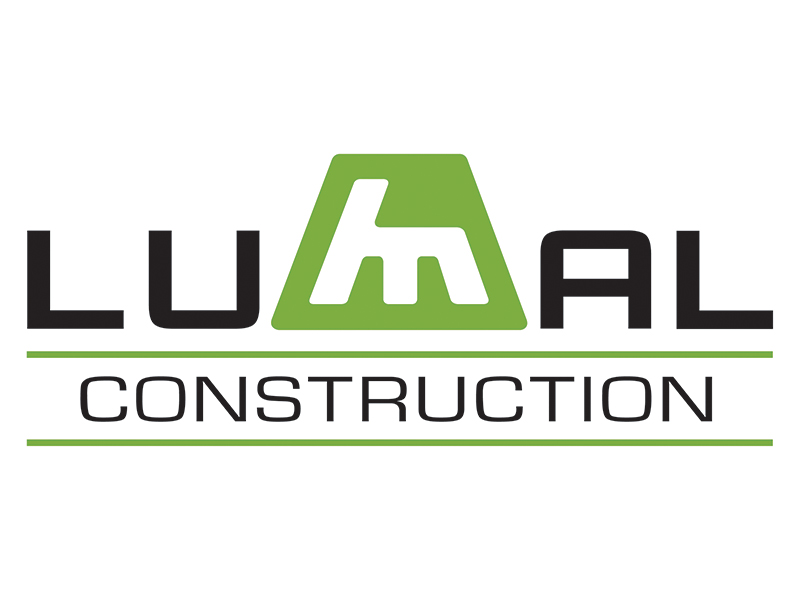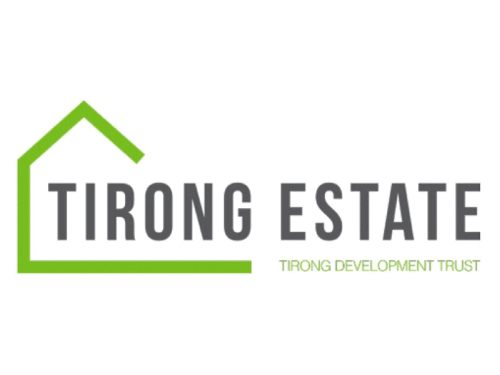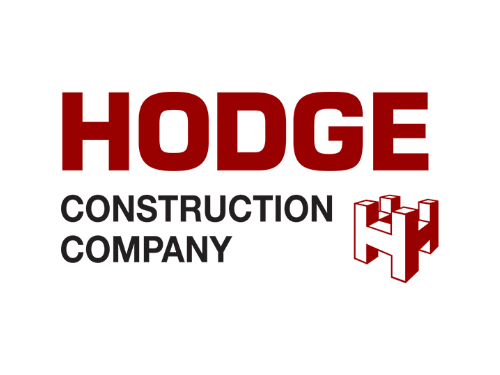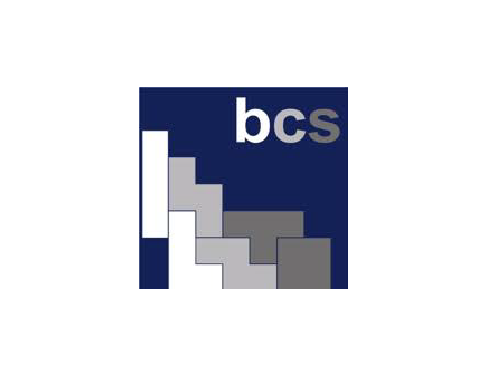What Are Safety Files?
Assisting with Risk Assessment
- Demolitions
- Groundworks and excavations
- Temporary works
- Working with electrical equipment
- Working at heights
- Working in confined spaces
- Working with tower cranes
- Working with mobile plant and machinery
- Dealing with fire
- Erection and dismantling of support work
A Safety File, also known as a Health and Safety File, plays a pivotal role in managing Occupational Health and Safety (OHS) on construction sites. In South Africa, it is a legal requirement under the Construction Regulations of the Occupational Health and Safety Act of 1993 (Act No. 85 of 1993).
But what exactly is a Safety File?
Definition:
A Safety File is a comprehensive documentation that captures all health and safety activities and procedures applicable to a specific worksite. It serves as a repository of critical information, ensuring compliance, risk management, and evidence of due diligence.
Key Components of a Safety File:
- Risk Assessments: Identifying and evaluating potential hazards.
- Method Statements: Detailed procedures for safe work practices.
- Legislation Copies: Relevant laws and regulations.
- Training Records: Documentation of employee training.
- Equipment Inspections: Regular checks for safety compliance.
- Accident Records: Reporting and analysing incidents.
- Emergency Plans: Preparedness for unforeseen events.
- Principal Contractor Safety Files: Ensuring Compliance and Safety
What Are Principal Contractor Safety Files?
A Principal Contractor Safety File, is a comprehensive record of information specifically focused on managing health and safety during construction projects. It serves as a critical tool for principal contractors, sub-contractors, and clients. Here’s why it matters:
- Legal Compliance:
- Principal contractors are legally required to maintain a safety file.
- It demonstrates compliance with the Occupational Health and Safety Act (Act 85 of 1993) and the Construction Regulations (2014).
- Risk Management:
- The safety file protects the employer from criminal liability.
- It ensures that safety protocols are followed throughout the project.
Key Components of a Principal Contractor Safety File:
- Health and Safety Plan:
- Detailed guidelines specific to the project.
- Outlines safety requirements and procedures.
- OHS Act and Regulations:
- Copies of relevant legislation.
- Ensures alignment with legal standards.
- Principal Contractor Appointment:
- Documentation confirming the principal contractor’s role.
- Includes responsibilities and obligations.
- Client’s Health and Safety Specifications:
- Must be provided by the client, these specifications must be included.
- Tailored to the project’s unique needs.
- First Aid Agreements (if required):
- Details of first aid provisions on-site.
- Contractor Agreements:
- Contracts with sub-contractors.
- Ensures safety coordination among all parties.
- Subcontractor Safety File
A subcontractor safety file in construction serves several important purposes:
- Compliance: It ensures that subcontractors comply with all relevant health and safety regulations, such as the Occupational Health and Safety Act and Regulations.
- Risk Management: It helps in managing and mitigating risks on the construction site by documenting safety procedures, risk assessments, and emergency plans.
- Accountability: It holds subcontractors accountable for maintaining a safe working environment and adhering to safety standards.
- Liability Protection: It protects the employer from potential legal liabilities by proving that all necessary safety measures have been taken.
- Communication: It facilitates clear communication of safety expectations and procedures between the main contractor and subcontractors.
A subcontractor safety file should include several key documents to ensure compliance with health and safety regulations and to promote a safe working environment. Here are some of the essential documents:
- Letter of Good Standing: As per COIDA – CR (1) C (iv).
- Client Health and Safety Specification: As per CR 5. (l)(b).
- Contractor’s Health and Safety Plan: Detailed plan covering all tasks and associated risks.
- Copy of the Occupational Health and Safety Act: To ensure all parties are aware of the legal requirements.
- Health and Safety Policy: Signed and dated by the company CEO.
- Risk Assessments and Method Statements: For all high-risk activities.
- Safe Work Procedures: Documented and communicated to all employees.
- Fall Protection Plan: If working at heights is involved.
- Induction Records: Proof that all workers have undergone site-specific safety inductions.
- Personal Protective Equipment (PPE) Records: Documentation of issued PPE.
- Emergency Contact Information: For all key personnel.
- Incident and Accident Reports: Forms and records of any incidents or accidents on site.
These documents help ensure that all safety protocols are followed and that there is a clear record of compliance and safety measures in place.










